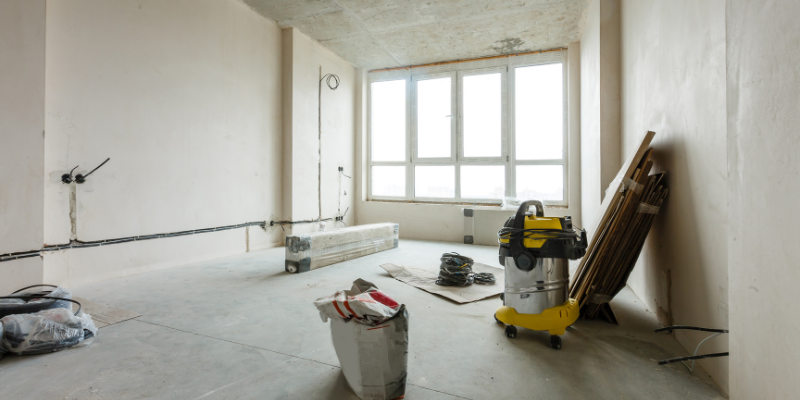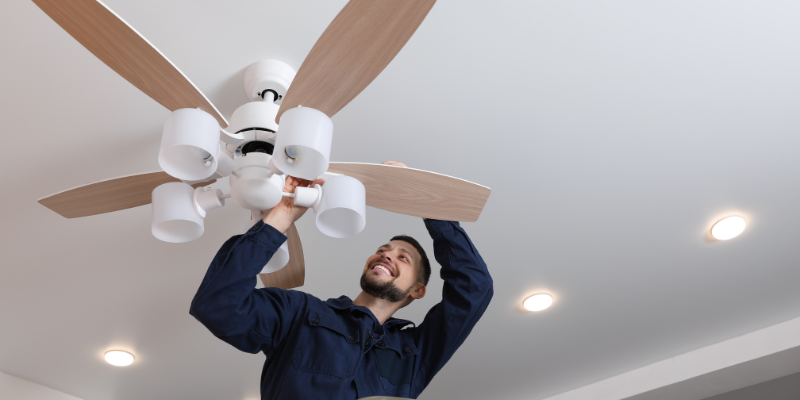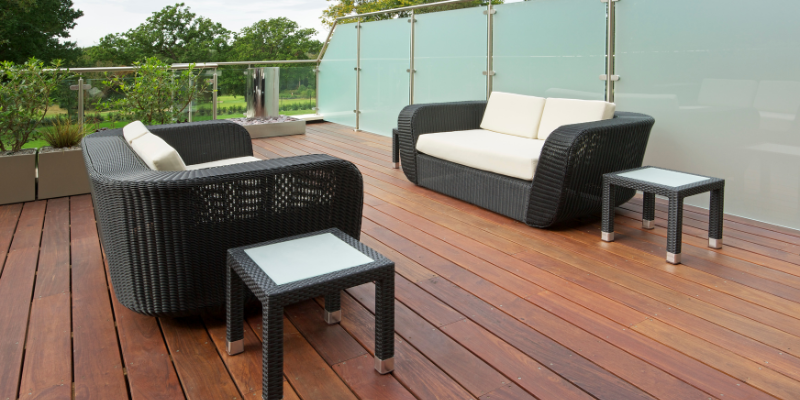When to Replace Weatherstripping Around Doors and Windows
When to Replace Weatherstripping Around Doors and Windows
Weatherstripping plays a crucial role in maintaining the comfort and energy efficiency of your home.
Over time, however, the materials that seal doors and windows can wear out, allowing drafts, moisture, and dirt to seep inside.
This can lead to higher energy bills, colder indoor temperatures, and even damage to your home.
Understanding when and how to replace weatherstripping is key to ensuring your home stays comfortable and energy-efficient.
Here’s what you need to know!
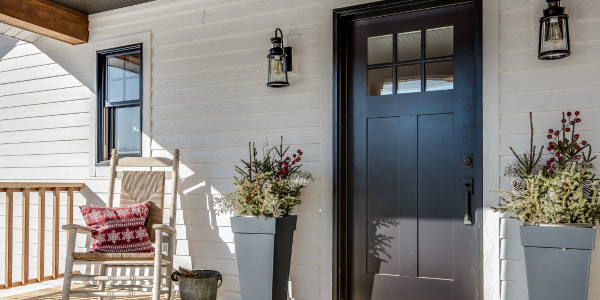
1. Check for Visible Wear and Tear
One of the most obvious signs that it’s time to replace weatherstripping is visible damage.
If you notice cracks, tears, or frayed edges around your door or window seals, it’s likely no longer providing an effective barrier.
Rubber, foam, and felt weatherstripping can all degrade over time, especially when exposed to extreme weather conditions like intense sunlight, rain, or cold temperatures.
If the material appears brittle, it’s time to replace it.
2. Feel for Drafts
A quick way to check the effectiveness of your weatherstripping is by feeling for drafts.
Close your doors and windows and then run your hand along the edges where the weatherstripping meets the frame.
If you feel a noticeable draft, this means that the seal is no longer tight and needs to be replaced.
Similarly, during colder months, check for cold air entering near doors or windows, which could indicate gaps in the weatherstripping.
3. Higher Energy Bills
If you’ve noticed a recent increase in your energy bills, it could be due to poor insulation around your doors and windows.
When weatherstripping becomes worn or damaged, it allows warm air to escape during winter and cool air to leak out during summer.
This forces your HVAC system to work harder to maintain the desired temperature, leading to higher energy consumption.
Replacing weatherstripping can help reduce energy costs by ensuring your home remains properly sealed.
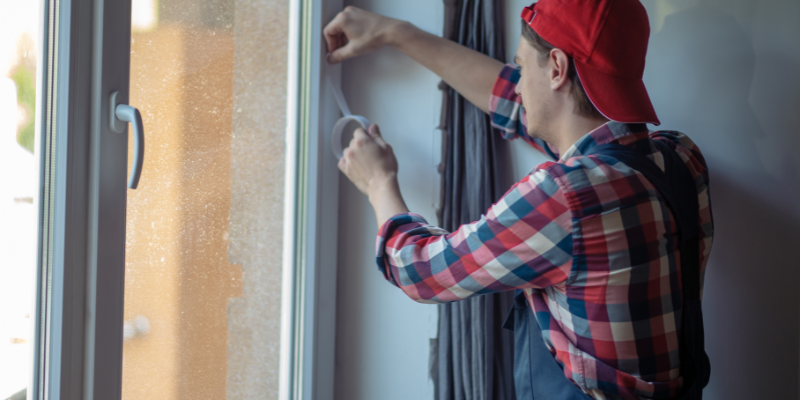
4. Excessive Moisture or Condensation
Old or damaged weatherstripping can allow moisture to penetrate around your windows and doors, leading to condensation or even water damage.
If you notice water pooling on windowsills, rotting frames, or the development of mold around the seals, it’s time to replace the weatherstripping.
Moisture can also cause rust on door hardware or damage to wood framing, so timely replacement is crucial.
5. Cracked or Broken Door and Window Frames
Even if the weatherstripping itself looks intact, sometimes the door or window frame may have cracked, warped, or shifted due to age or temperature changes.
This can cause gaps around the weatherstripping, reducing its effectiveness.
In such cases, it’s important to repair or replace the frame before installing new weatherstripping.
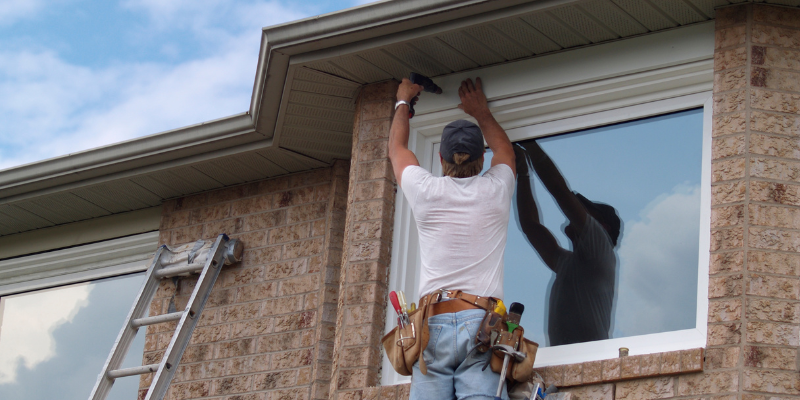
Keep Your Home Comfortable and Efficient
Replacing weatherstripping is an easy, cost-effective way to improve your home’s energy efficiency, comfort, and protection from the elements.
Regularly inspect your weatherstripping for signs of wear, and don’t wait until it’s too late.
By replacing damaged seals, you can ensure that your home stays cozy in the winter and cool in the summer, while also saving money on your energy bills.
Stay snug and efficient all year long!
Need a
Handyman?
We are located in Alpharetta and service all of the surrounding areas.
Give us a call!
We also provide handyman services for the
Lilburn,
Suwanne,
Buford,
Lawrenceville,
Duluth,
Norcross,
Stone Mountain,
Gwinnett County,
Cumming,
Roswell,
Johns Creek,
Dunwoody,
Sandy Springs,
Buckhead,
Midtown, and
Brookhaven.
You might also like
The Handyman Home Repair Blog
Areas We Service:
Alpharetta, Brookhaven, Buckhead, Buford, Cumming, Dacula, Doraville, Duluth, Dunwoody, Grayson, Lawrenceville, Lilburn, Lithonia, Loganville, Midtown, Norcross, Roswell, Sandy Springs, Stone Mountain, Snellville, Suwanee, and more!


Working hours
- Monday
- -
- Tuesday
- -
- Wednesday
- -
- Thursday
- -
- Friday
- -
- Saturday
- Appointment Only
- Sunday
- Closed
Handyman Services | All Rights Reserved. Website development by The Clueless Business Owner.
